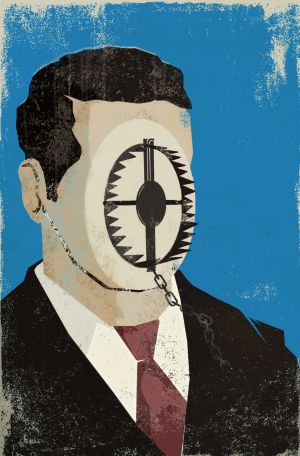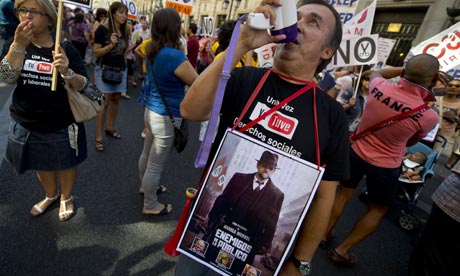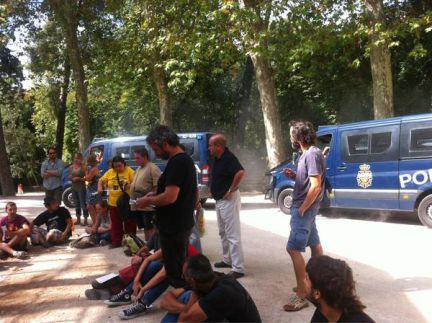10 2011
The Molecular Strike
by Gerald Raun
Translated by Aileen Derieg
published at:
http://eipcp.net/transversal/1011/raunig/en
17 September 2011. A demonstration march through lower Manhattan chooses as the destination of its dérive a small park near the enormous construction site of the World Trade Center. Zuccotti Park is a formerly public, now privatized square belonging to the real estate corporation Brookfield Properties, named after its chairman John Zuccotti. On older maps of the financial district, however, this square has a different name: Liberty Plaza. The demonstrators have not chosen to occupy this territory because of a universalist invocation of freedom, but rather because they want to set a further component of the abstract machine in motion that has drawn lines of flight throughout the entire year, especially through the Mediterranean region. And the most intensive line of this abstract machine was probably the Egyptian part of the Arab Spring with its center in Tahrir Square, the “Place of Freedom”. By purposely occupying another place of freedom at the edge of Wall Street, the precarious occupiers seek not only to interrupt subservient deterritorialization, the flows through the global financial center, but they also take up the practices, with which current activisms de- and re-territorialize their times, their socialities, their lives in new ways.
In his last course with the title “The Courage of Truth”[1], Michel Foucault explored the scandalous life of the Cynics, to which he applied the colorful term of “philosophical activism”[2]. It was not his intention to attribute a privileged position to the activity of the philosophers, even less to reduce activism to a cognitive capacity. Rather, the Cynic philosopher served as a backdrop for a more general form of activism, of changing the world, of newly inventing worlds. For Foucault in later years, philosophical activism was an “activism in the world and against the world”.



.jpg)






























